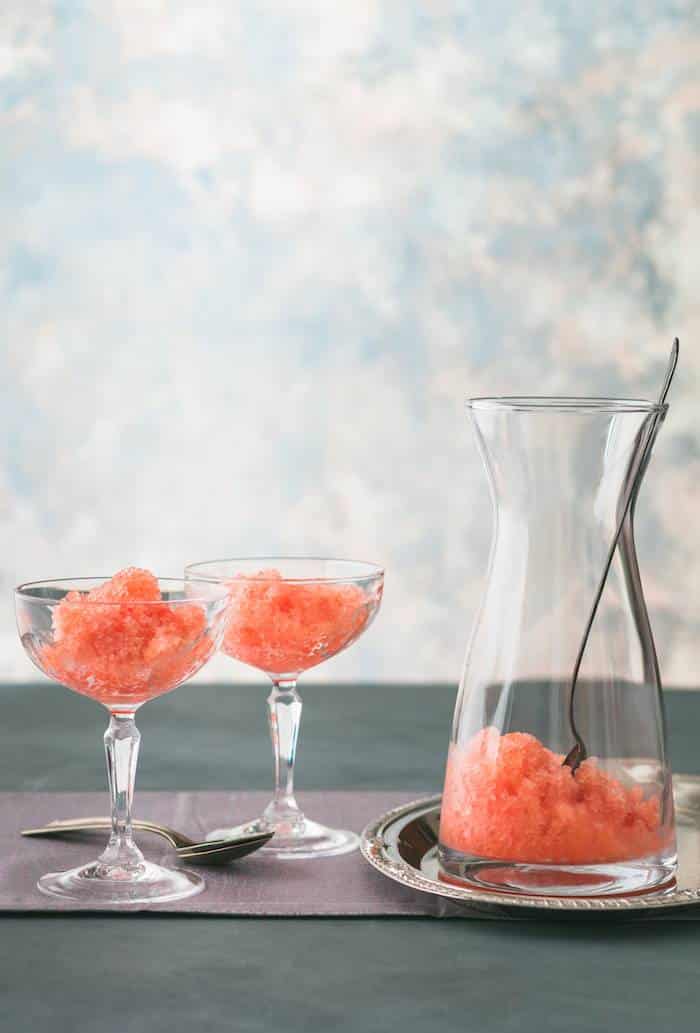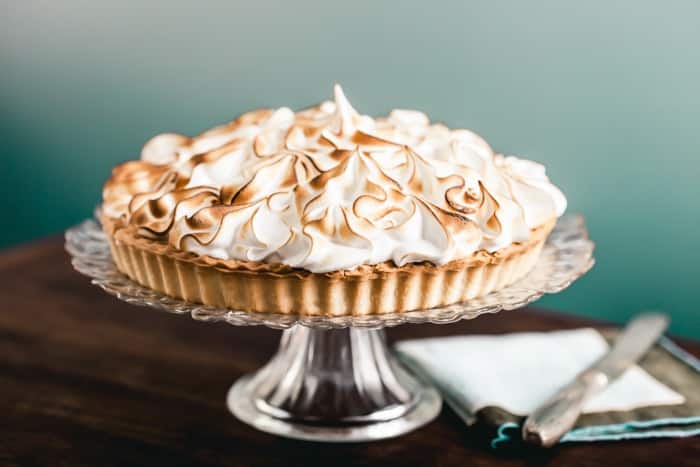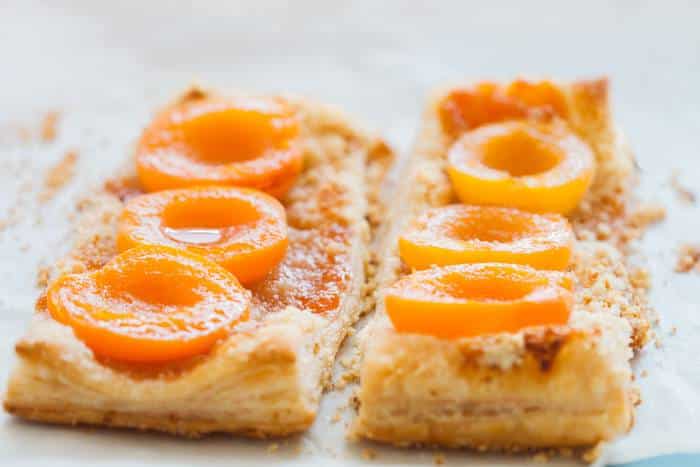
If you’re a food blogger, you’re probably working with natural light. Depending on where you live, you may be struggling to take great photos with the light that’s available.
Most of the time you can’t wait for the light to be perfect.
It takes a bit of basic physics to understand how light works, and how to manipulate it to get the result you want, no matter when you’re shooting.
Temperature of Light
Colour has a “temperature” that’s different at different times of the day. When you shoot earlier in the day, the light is “cooler” and has a value more towards blue.
When you shoot later in the day, the value of the colour temperature will be “warmer”. This means it will contain more red.
Colour temperature also varies from season-to-season, and is opposite in the southern hemisphere to what it is in the northern hemisphere.
When shooting food in natural light in the northern hemisphere, it is ideal to work with a northern facing window. The opposite is true if you live in, say, South Africa or Australia.

What is Your Actual Light Source?
When working with natural light, daylight is the light source in general. Technically speaking, in photography the light source depends on where you’re shooting and how you’re shooting.
When you’re shooting outside in a vineyard, the sun is your light source. If you’re shooting indoors next to a window, then the source of your light is not actually the sun but the window. The window becomes the light source because it directs the way the light comes into the room.
If you put a diffuser in front of the window, then the diffuser becomes the light source. It also cuts down on the amount of light reaching your subject and scatters the light in order to soften it.
When deciding how to modify natural light, knowing how you want the final result to look is important. If you want your light to be soft but bright, you’ll need to diffuse the light.
If you want the light to be dramatic and have a harder quality, then allow it to hit your subject directly. Or skip the diffuser in favour of a bounce card to help you direct the light to where you want it to fall.
Hard light is stronger than soft light and accentuates shadows and contrast.
Considering the mood you want to convey in the photo is a good way to decide if you’ll use hard or soft light.

What is the Light Direction?
Natural light is all around us, but when talking about photography, the light direction either comes from the front, the side, the back, or the top.
When shooting food photography, light coming from the front is the least appealing light direction to work with. It casts shadows on your food, and can cause the image to look flat and lifeless. Avoid this lighting direction.
Side lighting is light that comes in from the left or right side. This is a versatile and popular lighting style.
Backlighting is when you position your light behind the food. It can give you great results but it can also be difficult to light your set evenly with this light direction. The front can look too dark and the back too bright.
Backlighting works very well to highlight the liquid properties of food, so it’s a natural go-to for dishes like soups and stews, as well as any items that glisten like syrups or sauces.
Top lighting is when your light source is coming from above. As with front lighting, it can cause the image to look quite flat and isn’t very flattering.
A wonderful light direction to work with is side-backlighting. Here your light is positioned at around 10 or 11 o’clock if you were imaging the face of a clock. To get this angle in natural light food photography, you tilt your surface at an angle to your window, rather than placing it parallel to it.
You can also put your table so that the light falls somewhere in the upper left hand corner of your set.

The Amount of Light
The distance between your light source and your subject is very important.
In photography, we apply a principle of physics called inverse square law to our lighting. This law states that the power of light is inversely proportional to the square of the distance.
So if we take a distance of 2 and square it, we get 4, the inverse of which would not be half of the original power but one-quarter.
This basically means that the intensity of a light source will decrease as you move the light away from your subject.
When we’re shooting with natural light, understanding this principle helps us understand how the amount of available light works over distance.
Doubling your distance from a light source will give you quarter the power, not half the power. Tripling it would give you 1/9th of the power.
How close we are to the window when shooting with natural light will make a big difference in the amount of light hitting your scene.

Fill Light and Shadows
Fill light refers to the amount of light that is bounced back onto your subject. It’s used to eliminate or soften shadows caused by the main light source. This is a way of controlling the contrast in food photography.
Most photography in cookbooks and magazines is shot with only one light source. This creates a natural look with one set of shadows. By changing the direction and intensity of these shadows, you can create a variety of lighting scenarios.
A larger, closer light source will give us softer shadows with softer transitions or gradations. If you want more striking shadows, a smaller light source further away will provide that. This might mean that you put your table further from the window than you ordinarily would.
Unless you’re shooting a dark and moody scene, many of your natural food photography set-ups will include a white bounce card opposite of your light source to bounce the light back onto the food.

Sculpting the Light
To get the most out of our light, we need to shape it.
A few diffusers and reflectors in different sizes are an important part of your food photography kit. When working with strong sunlight, I like to use a very large diffuser. This keeps too much light from spilling onto my scene and creating any hard shadows.
Diffusion softens the light and affects how much light hits your set-up. You also need some tools to manage these shadows and direct the light to where you want it.
This is where reflectors come in. I always have sheets of black and white foam core on hand. I use them either to reflect the light or create more shadows and contrast.
A set of professional reflectors is a good investment. These are fold-able discs that come with gold, silver, white, and black material. You can use them interchangeably, depending on your lighting scenario. The gold reflector can be used to add warmth to food, while the silver can brighten it.
Understanding light and how it works is the foundation of creating great images.
Assessing light and figuring out how to use it in food photography is a process that involves exploring and discovering.
The next time you shoot, take your time and play around with the distance to your window. Try bouncing or blocking the light with some white or black cardboard and note of the various ways your light hits your scene.
The more time you take to understand why you’re getting the effect you’re getting, the more it will come naturally to you to create images that make the most of your light.









2 Responses
Hi Darina! Thank you for the excellent Photography tips. Do you have a preferred time of day to shoot food in general, or does it vary based on your subject?
Hi Rachel,
Thanks so much! When I shoot, I usually am shooting all day and use artificial lighting. However, when I do shoot in natural light, I like to shoot around 1:00-3:00 pm. In the winter, I might shoot later in the morning.
If you find you’re not getting enough light, you can use a tripod and a longer exposure.